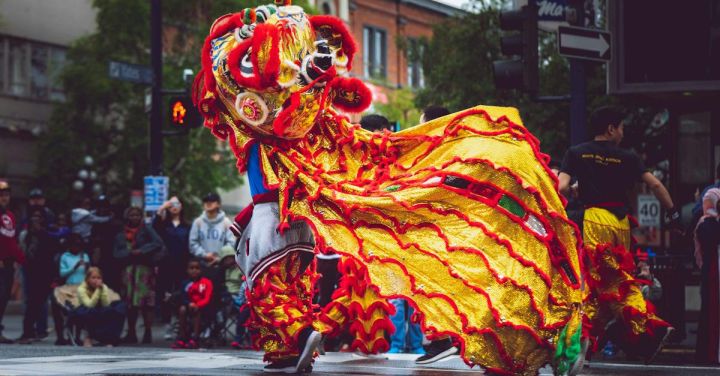How Accessible Are Dance Shows for People of All Abilities?

Dance shows have the power to captivate and inspire audiences with their graceful movements, expressive storytelling, and breathtaking choreography. However, not everyone has the same level of access to these performances. In this article, we will explore the accessibility of dance shows for people of all abilities and discuss the steps that can be taken to ensure inclusivity.
Creating an Inclusive Environment
First and foremost, it is essential to create an inclusive environment that accommodates individuals with different abilities. This begins with the venue itself. The physical space should be wheelchair accessible, with ramps and elevators available for those with mobility impairments. Additionally, seating arrangements should be flexible to accommodate various needs, including designated areas for individuals with sensory sensitivities.
Communication and Visual Accessibility
Another crucial aspect of accessibility is communication. Dance shows often rely on visual cues, making it important to provide alternative methods of understanding the performance. For individuals with visual impairments, audio descriptions can be provided through headsets, describing the movements, costumes, and set design. This allows everyone in the audience to have a complete understanding of the performance, regardless of their visual abilities.
Inclusive Choreography and Performers
In order to make dance shows more accessible, it is also important to consider the choreography itself. Choreographers can aim to create performances that are inclusive and can be enjoyed by people of all abilities. This may involve incorporating movements that are adaptable, allowing individuals with different physical abilities to participate in the dance. Furthermore, including performers with disabilities in the cast can help to break down barriers and create a more diverse representation on stage.
Sensory-Friendly Performances
Many individuals with sensory sensitivities may find traditional dance shows overwhelming due to loud music, bright lights, or sudden movements. To address this, some dance companies offer sensory-friendly performances. These shows modify elements such as lighting, sound, and pacing to create a more comfortable experience for individuals with sensory sensitivities. This allows everyone to enjoy the performance without feeling overwhelmed or excluded.
Education and Outreach
In order to promote inclusivity, it is crucial to educate the public about the importance of accessibility in dance shows. Dance companies can offer workshops and outreach programs to schools, community centers, and disability organizations. These programs can help to raise awareness and understanding, while also providing opportunities for individuals with disabilities to engage with dance.
Collaborations and Partnerships
Collaborations and partnerships between dance companies and disability organizations can also contribute to the accessibility of dance shows. By working together, these organizations can share resources, expertise, and ideas to create performances that are truly inclusive. This collaboration can extend beyond the performance itself and include initiatives such as accessible dance classes and workshops.
Conclusion: Embracing Diversity in Dance
In conclusion, while there may still be room for improvement, dance shows are becoming increasingly accessible for people of all abilities. By creating inclusive environments, providing alternative methods of communication, embracing diverse choreography and performers, offering sensory-friendly performances, and engaging in education and outreach, dance companies can ensure that everyone has the opportunity to enjoy and participate in the beauty of dance. It is through these efforts that we can truly embrace diversity and create a more inclusive society where everyone’s abilities are celebrated.